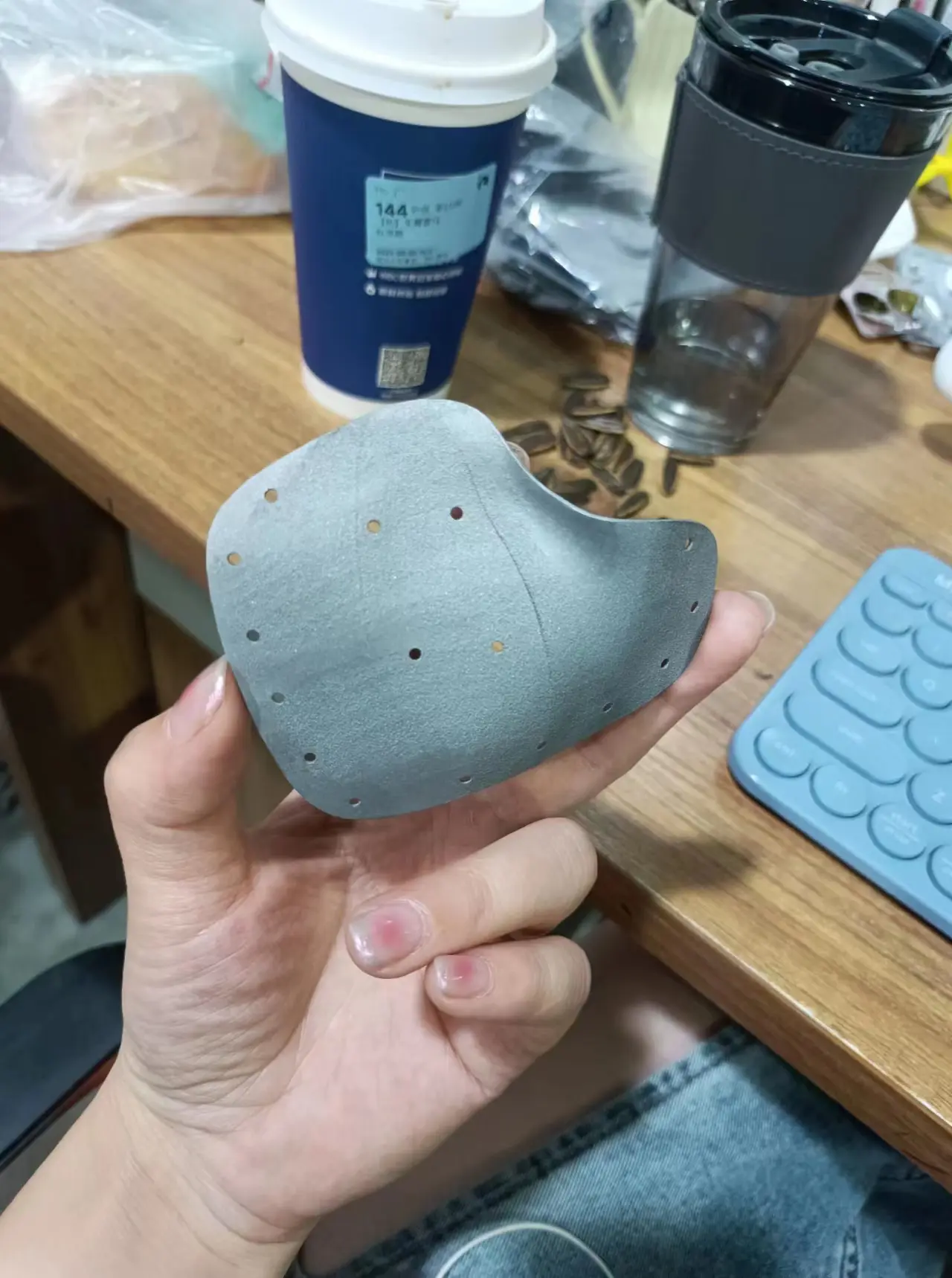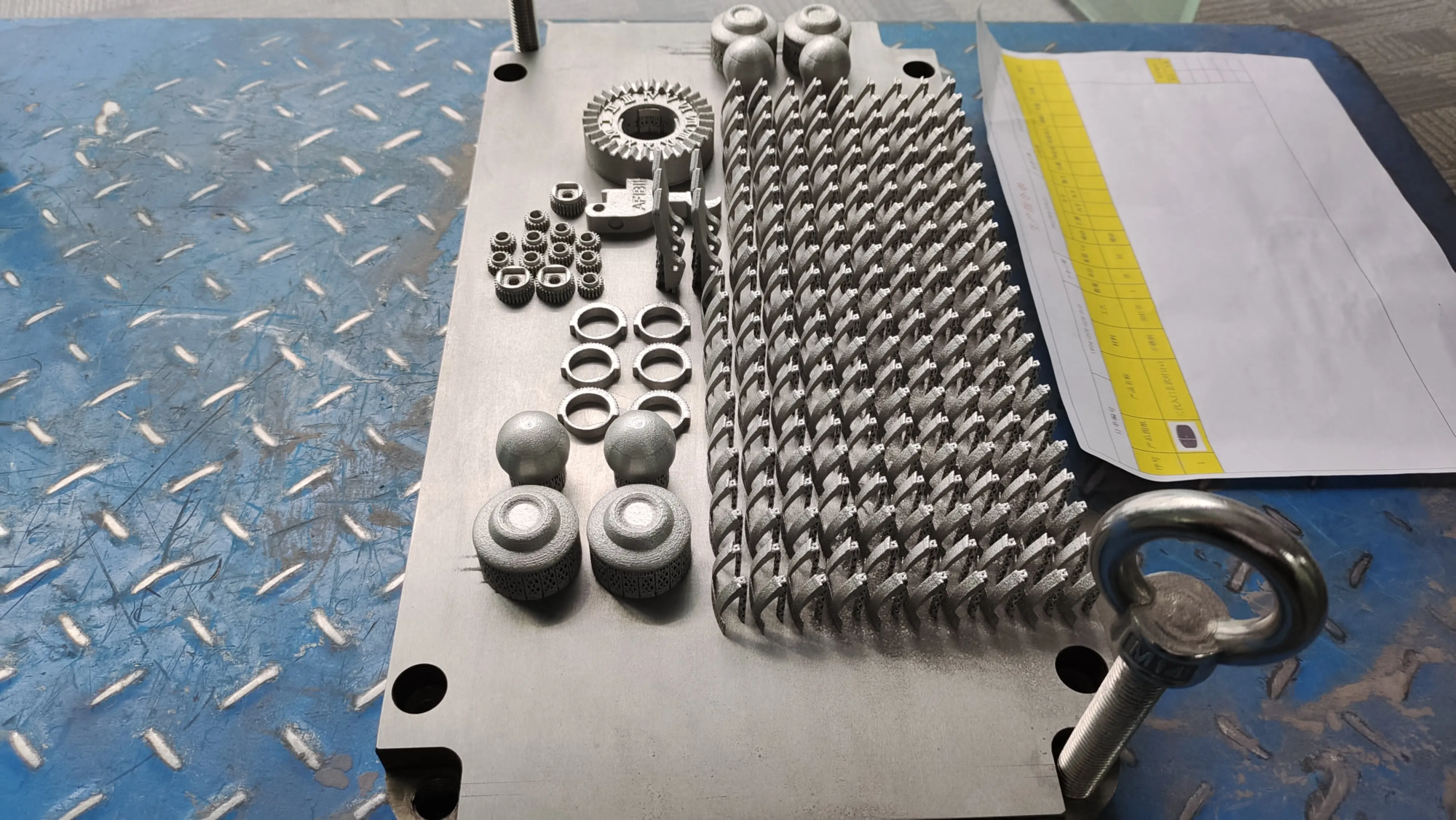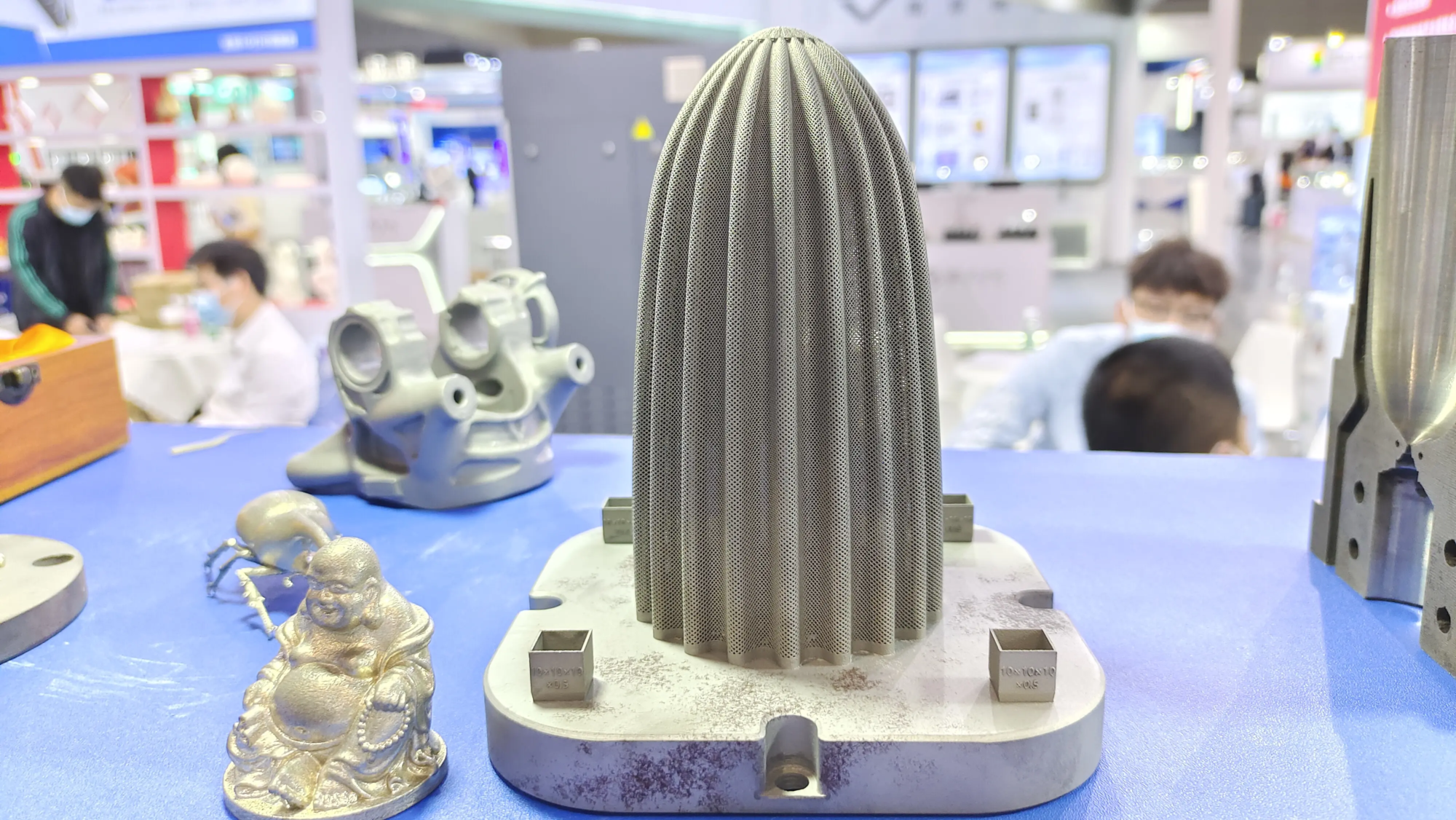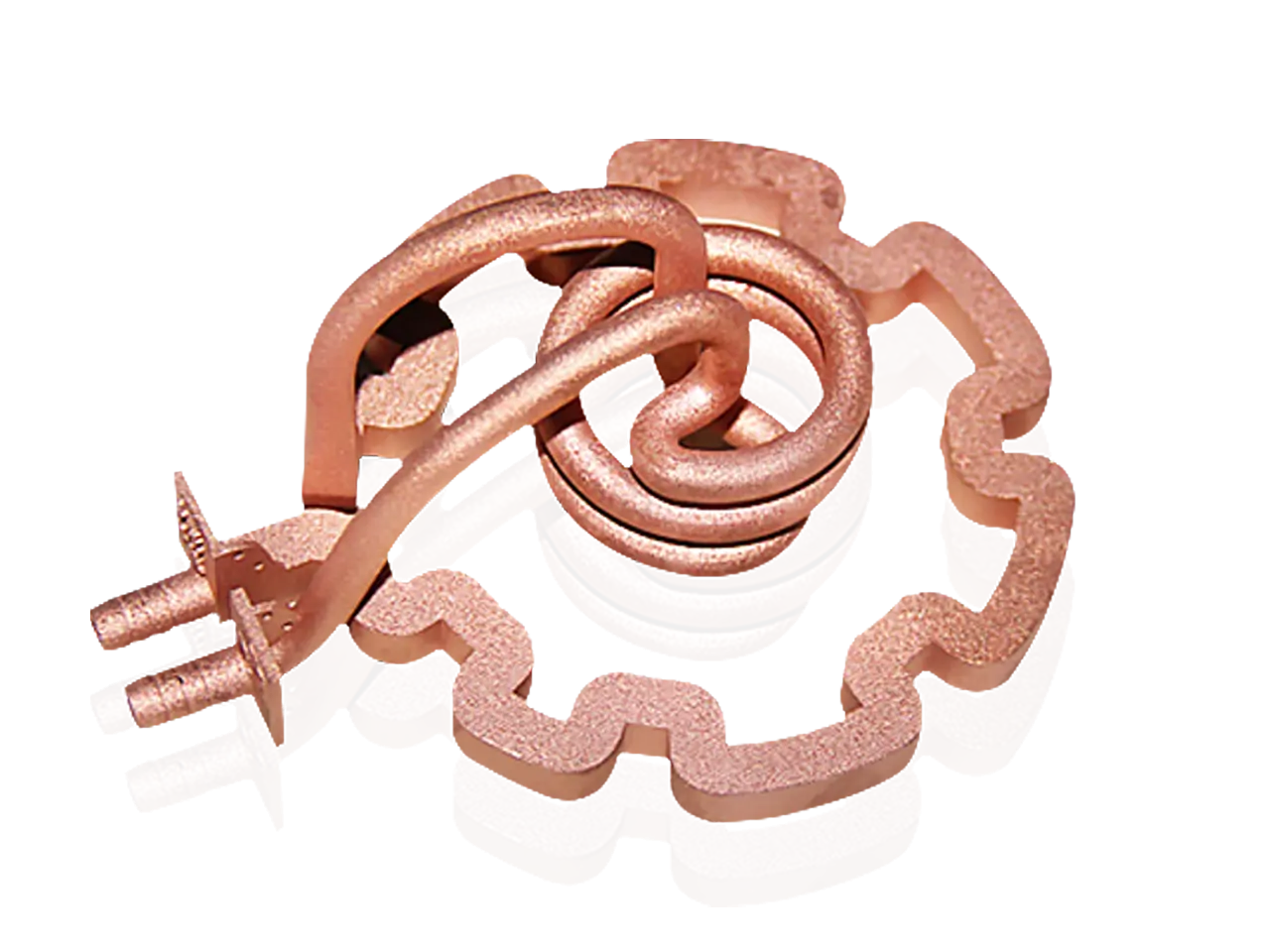According to a report published by Marketsandmarket, the size of the global artificial intelligence market in the manufacturing industry is expected to reach 20.6 billion US dollars in 2027, with an annual compound growth rate of more than 45%. In the field of 3D printing, more and more companies are starting to integrate AI technology into their printing processes.
In the field of 3D printing, artificial intelligence can not only reach automatic design optimization, defect prediction and adaptive adjustment of process parameters, but also considerably improve printing quality, shorten production cycles and reduce operating and maintenance costs. From frontal modeling, from the monitoring of printing processes to post-processing and quality inspection, AI covers almost the entire additive manufacturing process. Today, we will explore in depth the way in which artificial intelligence can be deeply integrated into the 3D printing process and bring practical value to the manufacturing process.
Note: This article comes from 3Dnatives and is compiled and compiled by the resource library.
1. Convert sketches into 3D models
In the early stages of product development, AI can directly convert 2D sketches or hand -drawn drawings into printable 3D models via image recognition technology. Whether it is a hand -drawn sketch, an engineering drawing or a draw, the AI can understand the intention of design and quickly generate three -dimensional geometric forms. This functionality considerably accelerates the conversion of creativity to the prototype and reduces dependence on complex CAD software, which makes 3D modeling more affordable.
2. Intelligent design and optimization model
Using AI algorithms such as generative design, existing models can be intelligently optimized according to specific objectives (such as strength, weight and structural distribution). The AI can not only generate complex structures which are difficult to design for humans, but also to iterate more than thousands of design solutions in a few minutes, considerably shortening the design cycle, improving the personalization and the economy of materials and costs.
3. Recognition and repair of Errors of the STL model
Many printing failures come from hidden design defects in model files. The AI can automatically scan format files such as STL to identify and solve problems such as non-manifolds and open limits. This feature is particularly practical for practitioners who frequently receive third -party model files or complex geometry processes, which can considerably reduce manual inspection time and improve the printing success rate.
4. Intelligently generate the support structure and the filling
The AI can intelligently generate support structures and filling methods based on parts geometry and functional needs. Not only can support the position of the support and reduce material waste with precision, but it also guarantees easy elimination at the later stage without damaging the surface. At the same time, different types of filling and structural density are automatically adapted to use requirements (such as resistance, flexibility, impact resistance), and even adjust with flexible the filling parameters of different areas in a model to obtain a more efficient personalized printing.
5. Predictive simulation before printing
Before printing, the AI can simulate the model in terms of thermal deformation, withdrawal of the material, internal constraint, nozzle collision, etc., predict the risks of potential failure and give optimization suggestions. Especially when printing or using special materials for a long time, this ability to predict and correct in advance can considerably improve the success rate and reduce retouching.
6. Real -time monitoring and defect detection
During the printing process, AI monitors the printing status in real time via the visual recognition system. Once problems such as curling, blocking and desorption between the layers are found, they can automatically send warnings, a print break and even make adjustments actively (if the device supports it). This characteristic is particularly important to manage several printers remotely, effectively avoiding the loss of material and time.
7. Predictive maintenance of the printer
The 3D printing equipment will experience the wear of the belt, nozzle blocking, engine failure and other problems during long -term operation. Thanks to sensors collecting data, the AI can analyze the operating mode and change equipment trends, predict potential failures and thus carry out maintenance in advance, avoid accidental stoppages and improve the overall use of equipment. It is particularly suitable for large -scale production environments based on the production line.
8. automatically classify defective parts
The AI image recognition system can be used to automatically detect finished printed products, identify defects such as cracks, deformations and layer errors, and carry out rapid detection in large -scale production. This process replaces the manual visual inspection, which not only improves the effectiveness of the inspection, but also unifies the standards of judgment, ensures that factory parts meet quality requirements and considerably improves customer satisfaction.
9. Optimization of the post-processing process
Post-processing is often the longest and most laborious part of the entire printing process. The AI can automatically plan the best post-processing process (such as polishing, cleaning, coloring, etc.) as a function of the geometric structure of parts, and intelligently adjusting the sequence and tools according to the type of material, surface requirements or final use, improves the level of automation of the entire production line and realize “integrated” Printing-Pose
10. Intelligent traceability system for parts
The AI can also establish unique identification characteristics similar to “digital imprints” by identifying the micro-textures of the surface of the room (such as layer textures and detailed characteristics), in order to reach the traceability of each part. It can follow its production equipment, its parameters and even its lots of materials, considerably improving quality management capacities. This function has a particular practical significance in high-demand industries such as aviation, medical care, cars, etc., and can also be used for anti-counterfeit monitoring and supply chain.





